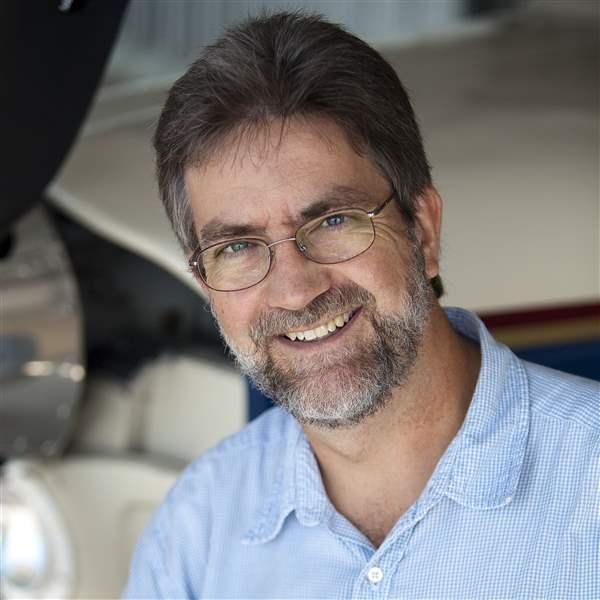Training needs to keep up
The changes in avionics (aviation electronics, primarily the radios and navigation equipment in our cockpits) have been more gradual. First we had pilotage--which still works great after all these years, by the way--and then moved into radio navigation with something called the four-course range. Next was the nondirectional beacon (NDB), which was followed by the very high frequency omnidirectional radio range (VOR).
In the 1980s, loran (long-range navigation) brought what's now called area navigation within reach of GA aircraft owners. It didn't require individual fixed transmitters on the ground like NDB and VOR; instead, it calculated aircraft position based on distance from a series of ground stations. Today's GPS employs a similar concept, except that it uses satellites orbiting the Earth. The first GPSs I flew behind bore little resemblance to what you may use today; all the navigational information they had to offer could be depicted through one or two lines of text, and everyone thought they were great. Now the norm is a color moving-map display, with datalinked weather radar a popular option--even for handheld GPS receivers.
Some people describe today's glass cockpits as revolutionary, but I disagree. It's been a steady march to this point for two decades or longer. Without the experience gained from earlier navigational tools, it would have taken much longer to get to where we are today.
Today, it seems much of the talk is about glass cockpits, where the traditional "six-pack" flight instruments--attitude indicator, heading indicator, altimeter, vertical speed indicator, airspeed indicator, and turn coordinator--are replaced with a primary flight display, depicted on a computer monitor in front of the pilot. Glass cockpits go beyond the requirements for technically advanced aircraft (see "Is There Glass in Your Future?" p. 22).
When the FAA/Industry Training Standards (FITS) concept was first introduced to accompany TAA, I'll admit I was a bit skeptical. I shared some of the same opinions as the CFIs quoted in "Instructor Report: Instructors Speak Out" (December 2006 AOPA Flight Training). When I visited Paul Craig at Middle Tennessee State University last fall, however, and saw the reductions in training time and improvements in quality that the school is experiencing with FITS, I became a believer. Arlynn McMahon of Aero-Tech in Lexington, Kentucky, has seen similar results on a less-scientific basis. "FITS can be difficult to get your arms around," she noted.
Simulation is an important element of FITS, and simulation technology has seen huge improvements in recent years. Flying the Cirrus flight training device at Glass Cockpit Aviation on New York's Long Island with Didier Baco was almost like flying an airplane. When you enter a turn and the horizon banks all along your field of vision, you feel like you're moving. Baco puts the new technology into perspective with one statement: "Behind it all is an airplane."
He's right. When I had an opportunity to fly a Cirrus SR22 recently with company demo pilot Justin Dillon, slow flight was at the top of my list. (In case you're wondering, its ailerons remain very effective in slow flight, and stalls were very straightforward and predictable--not always the case with high-performance airplanes.)
The AOPA Air Safety Foundation has already written about the challenges of TAA training and analyzed early TAA accidents; you can read ASF's Technically Advanced Aircraft Special Report online. It appears FITS will become the basis for training in the new very light jets. Late last year, Airline Training Professionals became the first flight school to embrace the light-jet era when it announced an order for 20 Diamond D-Jets. ATP already provides its students a jet introductory flight in a Cessna CitationJet; the school will provide factory-approved initial type ratings and recurrent training in the D-Jet.
Going forward, I believe the industry would benefit from FITS-based curricula for all entry-level pilot certificates, which instructors could use as an alternative to today's maneuvers-based training. Middle Tennessee has already shown that scenario-based FITS training can work within the framework of the existing practical test standards, although a FITS PTS might help to streamline the process. The market would decide whether both approaches survive long term.



